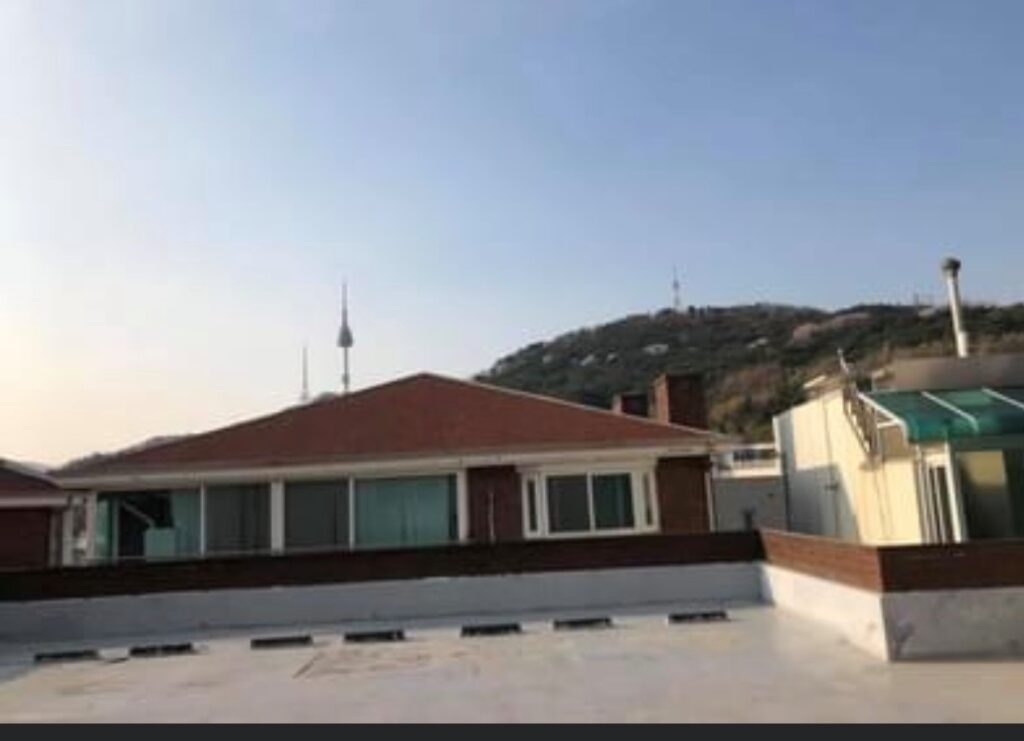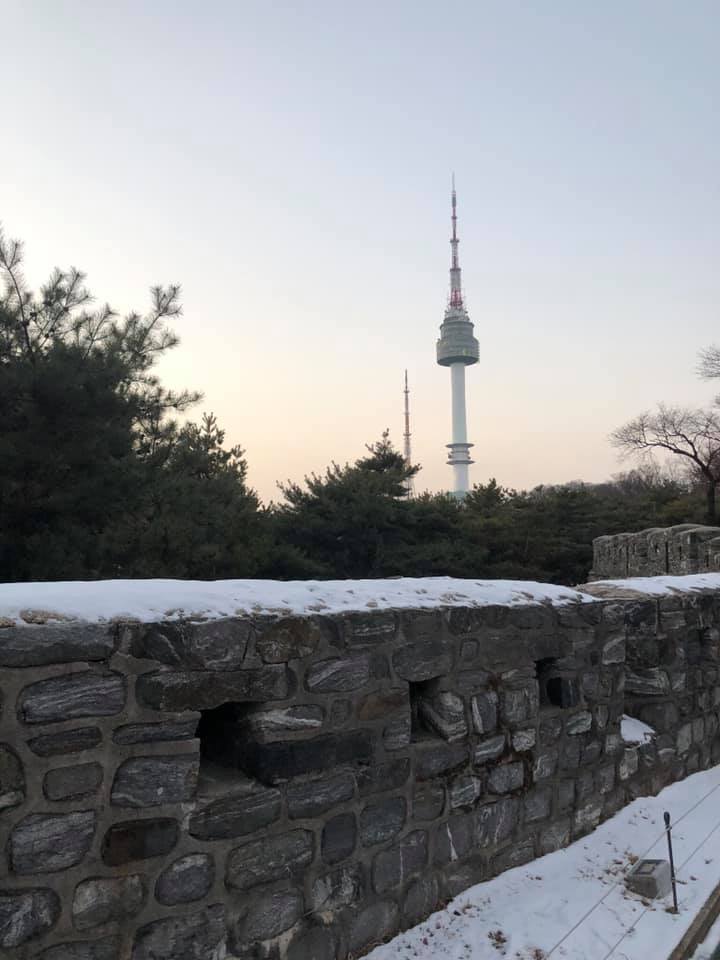What are Teacher Accommodation Packages Like?
Teaching at an international school is like embarking on an exciting adventure for educators looking to broaden their horizons. Yet, one aspect that can significantly influence the overall experience is the quality of accommodation provided by the school. So, let’s dive into the world of international school teaching accommodation, exploring the various housing allowances and the pros and cons of shared living arrangements. I will also discuss the importance of transportation for those who prefer not to drive.
Housing Allowance: A Mixed Bag
International schools come in all shapes and sizes, and their approaches to providing accommodation for teachers can vary greatly. Some schools cater to singles and families, while others expect you to share an apartment with fellow educators. Then there are those that offer a teacher housing allowance as part of the package, granting teachers the freedom to choose their own home. The catch? The value of this allowance can vary significantly depending on the school’s location and budget.
The beauty of a housing allowance lies in its flexibility. It allows teachers to pick accommodation that suits their preferences, whether it’s a spacious flat or a bustling city pad. The challenge, though, is that the allowance may not always cover the cost of living in your desired location, and it places the onus of finding suitable accommodation on the teacher, which can be a bit daunting in unfamiliar territory.
Living In: The Good and the Not-So-Good
On the flip side, some international schools offer on-campus or nearby accommodation for teachers. This “living in” arrangement has its perks, like convenience, a short commute, and the chance to build close bonds with colleagues.
For newcomers to a foreign land, living in can ease the transition and provide an instant support network. There are downsides too—less privacy, limited personal space, and the need to share living quarters with colleagues might not suit everyone. Personally, I prefer not to live on campus, but I’m content with nearby accommodation, mingling with fellow professionals in the area. The challenge can be finding your own place when you’re new, but it’s worth it. In Qatar I was offered a housing allowance or to be placed in school accommodation. The housing was amazing! I did not share and was provided with a high quality two-bedroom apartment. There were two pools, gym, sauna, tennis and padel courts. I found the community to be fantastic also and there were a mix of different professionals living in the building.
Transportation: A Lifeline for Non-Drivers
For teachers who don’t drive, reliable public transport is a lifeline in a foreign country. The ease of getting around can greatly impact your quality of life. If taxis are cheap and safe, that’s another story, but otherwise, being close to public transport hubs or having transportation services provided by the school can be a game-changer.
Access to dependable public transport not only makes daily commuting a breeze but also opens up opportunities to explore your host country without needing a car. It’s essential to consider this when evaluating a teaching position, as it can significantly affect your overall experience. I was fortunate to live by a metro in both Korea and Doha, and taxis were affordable in both locations.
When it comes to teaching at an international school, understanding your accommodation options is crucial. Whether you opt for a housing allowance or on-campus living, and whether you rely on public transport or not, these choices can greatly impact your comfort and overall experience while teaching abroad. So, weigh your preferences and priorities carefully to ensure your international teaching adventure is both professionally fulfilling and personally enriching, regardless of your housing choice.
In Korea, my school provided accommodation that wasn’t ultra-fancy inside, but I loved it because of the fantastic view and the feeling of being at home. The location was top-notch, and they even offered me a three-bedroom apartment instead of the one or two bedrooms I was entitled to. I had to handle bills myself, but the HR department was incredibly helpful in getting everything set up. They even provided bedding, a basic food package, and an information pack when I arrived. With a tiny bathtub, an incredible view of Seoul, and underfloor heating, it was a cozy space. My colleagues lived in nearby apartments, and there were other expats and Korean professionals around, creating a diverse community. I was so content here in Seoul, at my school, and in that apartment—I really miss it.


